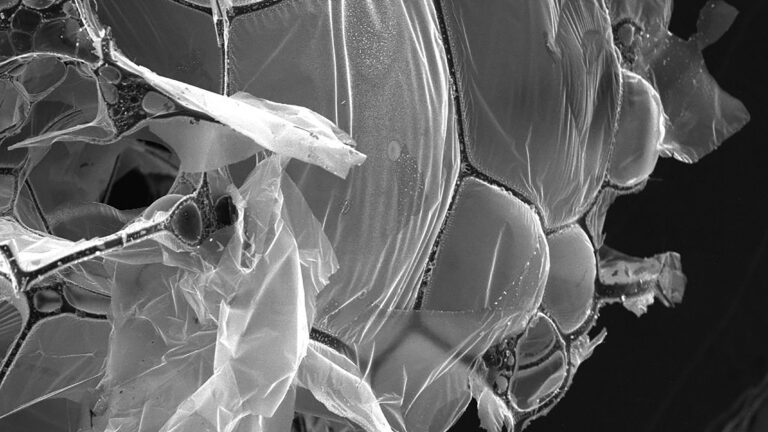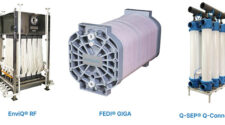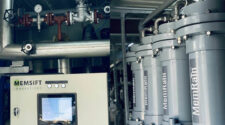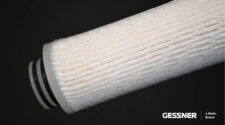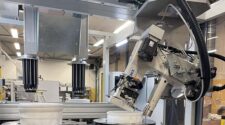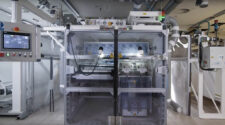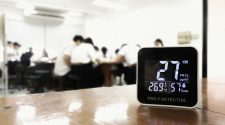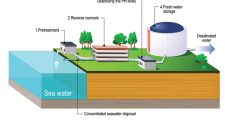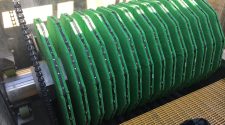Researchers at Princeton Engineering have found a way to turn a popular breakfast item into a new material that can cheaply remove salt and microplastics from seawater.
The researchers used egg whites to create an aerogel, a lightweight and porous material that can be used in many types of applications, including water filtration, energy storage, and sound and thermal insulation. Craig Arnold, the Susan Dod Brown Professor of Mechanical and Aerospace Engineering and vice dean of innovation at Princeton, works with his lab to create new materials, including aerogels, for engineering applications.
The path to the breakthrough actually began with an entirely different food, explained paper author and material scientist Professor Arnold. Along with his colleagues they set out making different breads mixed with carbon to see if they could produce the kind of aerogel structure they were looking for.
As none of the initial recipes worked, the team started to eliminate ingredients as they tested, until only egg whites remained – and fit the bill perfectly.
Egg whites are a complex system of almost pure protein that – when freeze-dried and heated to 900 degrees Celsius in an environment without oxygen – create a structure of interconnected strands of carbon fibers and sheets of graphene. In a paper published last year in Materials Today, Arnold and his coauthors showed that the resulting material can remove salt and microplastics from seawater with 98% and 99% efficiency, respectively.


